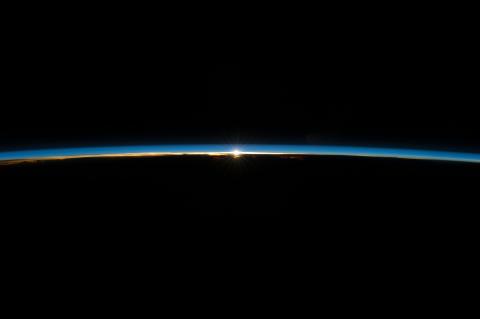The atmosphere is like the Eiffel tower
The main point to remember is that it is about the density of the air. You can imagine Earth’s thin coating of gases as an Eiffel tower, very large and heavy at the bottom, but very quickly slimming down to the thin, light top of the tower.
In the same way, the density of the atmosphere goes down exponentially as you go up in altitude, meaning that the number of molecules of gases that you will find in one cubic meter decreases by one million as you go up from the surface to 100 km altitude.
As a result, the various atmospheric layers behave very differently.
Complex chemistry in the troposphere
The troposphere at the bottom (below 15 km altitude) is quite opaque to infrared light because there are a lot of molecules packed together. There is also a lot of mixing, interactions and complex chemistry.
Simpler chemistry in the middle atmosphere
In the middle atmosphere (stratosphere and mesosphere, between 15 and 100 km altitude) the chemistry becomes simpler, because the complex organic molecules are broken into smaller pieces before reaching that height.
The molecules are much more spread out, they collide and interact much less. As a result, there is no thermal equilibrium in the mesosphere: different gases can have different temperatures, because molecules are much more isolated (you could say they are socially distancing) and cannot efficiently exchange heat.



